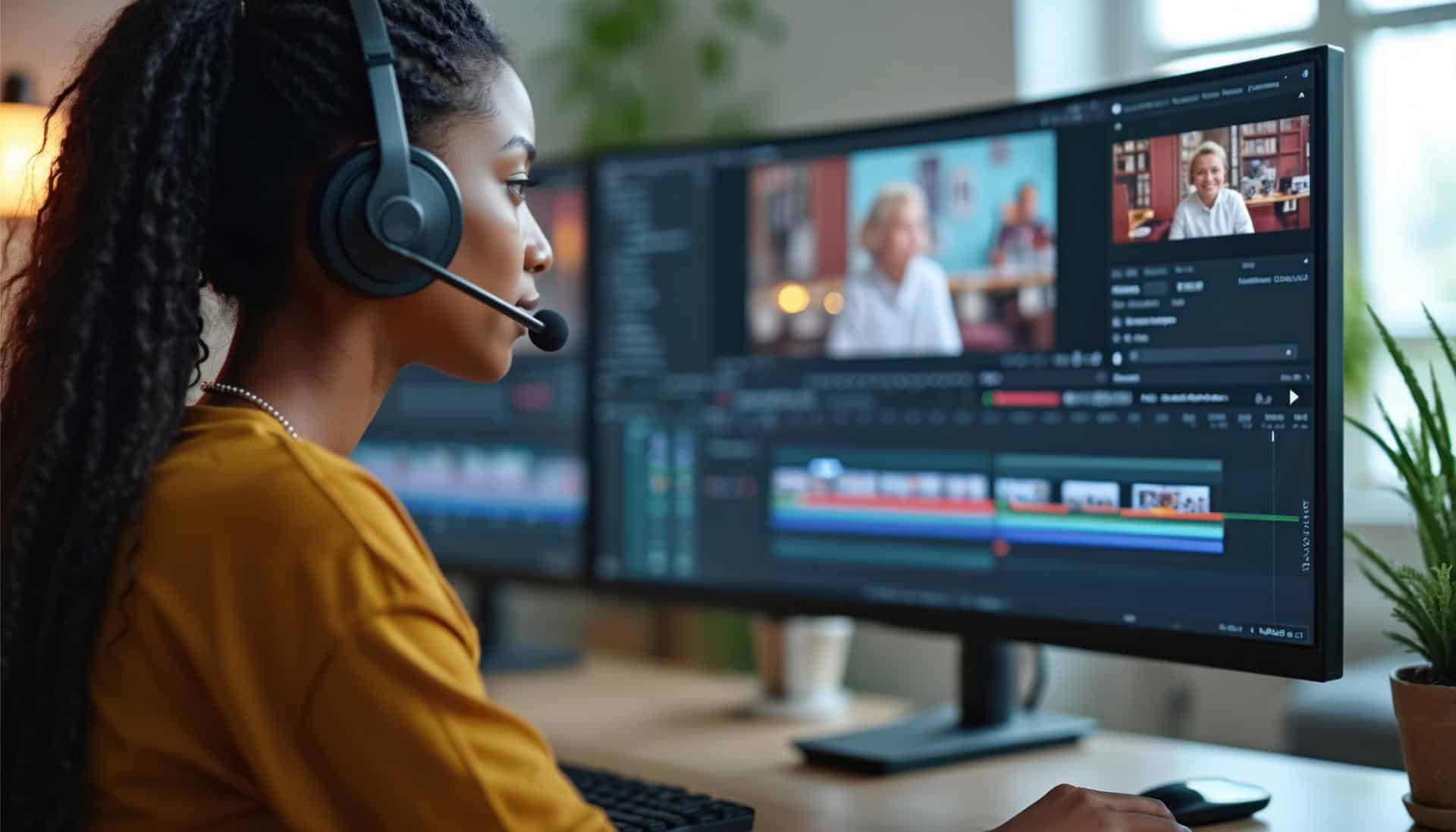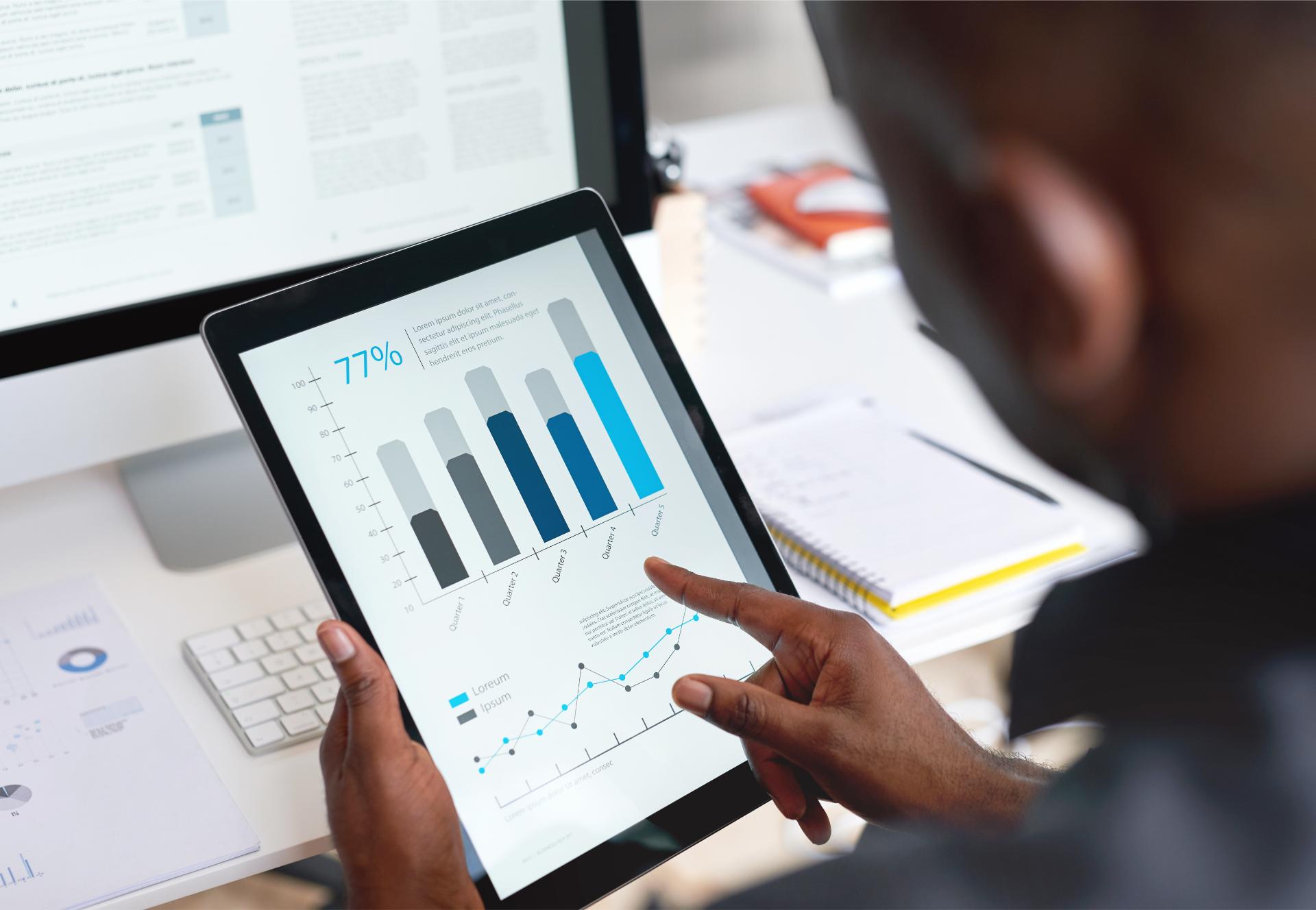How AI Tools Improve Your SERP Ranking
Search results are competitive real estate. Appearing near the top of a Search Engine Results Page (SERP) can double or triple organic traffic, while slipping to page two often feels like disappearing altogether. Artificial intelligence in SEO has introduced a faster, more precise way to fight for that upper tier. This article shows exactly how modern platforms use data, language models, and automation to improve SERP ranking for brands, creators, and small businesses that want a larger share of attention.
A decade ago SEO meant spreadsheets packed with keywords and manual checks on every title tag. Today AI tools for SEO digest millions of data points in seconds, spot intent shifts, and recommend changes you can apply in one click. They save hours, but more important, they reveal patterns impossible to catch by hand. When those patterns guide your content, technical fixes, and outreach, rankings tend to follow. Throughout this guide we reference popular AI-powered SEO tools and show where each fits into a smart workflow.
What Are AI SEO Tools?
AI SEO tools are cloud platforms or plug-ins that apply machine learning or natural language processing to familiar optimization tasks. SurferSEO, SEMrush, Jasper, Clearscope, Frase, and MarketMuse headline the space, representing some of the best AI SEO software available today. They differ from classic keyword software because they learn continuously from live SERPs, adapt their advice, and in some cases act automatically (for example by inserting internal links or compressing images). Marketers who adopt these systems enjoy faster research, stronger on-page signals, and data-driven content briefs that align with user intent.
AI and Keyword Optimization
Good optimization begins with words people actually search. Keyword research with AI moves beyond simple volume metrics. Machine learning clusters related phrases, locates latent semantic indexing (LSI) terms, and predicts new questions before they trend. By mapping clusters into topic groups you build pages that answer a subject from every angle, which helps search engines see your site as an authority. The best platforms also label each phrase by intent (informational, transactional) so you know when to write a guide and when a product page will convert better.
Content Creation and Optimization
Once research is set, the heavy lifting used to be the blank page. AI content optimization tools like Jasper, ChatGPT, Writesonic, or Surfer’s content editor draft outlines, suggest paragraph order, and grade readability in real time. Writers remain in charge of voice and nuance, but the assistant flags missing subtopics and shows how your draft compares with results already on page one. Using this blend, teams publish more pieces without sacrificing depth.
AI-Powered On-Page SEO Enhancements
Search crawlers still rely on clear HTML signals. AI-powered SEO tools generate title tags, meta descriptions, and image alt text that weave in target phrases without sounding robotic. Internal-link engines crawl your archive and recommend anchor text that strengthens topic clusters. These time-savers belong to the wider category of SEO automation tools and they tighten the structure that helps algorithms understand a site.
Technical SEO Made Easier with AI
Site speed, clean code, and crawlability underpin visibility, yet manual audits eat time. Artificial intelligence in SEO now scans Core Web Vitals on repeat, prioritises fixes, and can even push lightweight code updates through your CMS. Equally important, AI tools for SEO test mobile-friendliness automatically, flagging layout shifts, tap-target spacing, and viewport settings so your pages satisfy Google’s mobile-first indexing rules. Continuous monitoring means problems are solved before they erode rankings or user trust.
Improving UX and Behavioral Signals
Rankings rise when visitors stay, scroll, and interact. AI in digital marketing merges heat-map data with bounce-rate trends to uncover friction on each template. Beyond surface tweaks, many platforms offer content personalisation modules that adjust recommended articles, product carousels, or headlines based on behavioural segments. By presenting the right asset to the right user intent, you lift click-through rate, dwell time, and conversions, which are signals that tell Google the page truly satisfies the query. Strong UX design impacts search performance by keeping users engaged longer.
Competitor Analysis Using AI
Keeping an eye on rivals used to mean quarterly reviews. AI now monitors competitor rankings, backlink velocity, and content launches in near real time. Beyond gap spotting, the software reverse-engineers top-ranking pages by analysing word count, heading structure, and entity usage so you understand exactly why they perform and what you must surpass. Because insights arrive continuously, you can pivot strategy quickly and use SEO tools for higher ranking gains instead of reacting to outdated data.
The Role of AI in Voice and Visual Search SEO
Search habits evolve. Voice assistants deliver spoken answers and visual tools like Google Lens identify objects through a camera. AI platforms simulate conversational questions and image queries, then test how well your content appears. They recommend adding FAQ blocks, using natural sentence structures, or enriching alt attributes so your page earns placement in these result types. Addressing voice and visual optimization today prepares you for traffic channels that are only getting bigger.
Challenges and Limitations of AI in SEO
Despite clear advantages, every system has drawbacks. Over-reliance can create generic prose, and automated decisions sometimes miss context only a human can see. Large language models may also hallucinate facts. Maintain editorial review, fact-check statistics, and preserve brand tone. Budget is another factor. While some platforms offer free tiers, full features carry subscription fees. Finally, algorithms update often, so teams must revisit settings to keep suggestions aligned with current rules.
Conclusion
AI solutions have moved optimization from intuition toward evidence. They uncover opportunities, automate tedious edits, and alert you to hazards before credibility suffers. Combine machines with human creativity and you will improve SERP ranking in a sustainable way. Start experimenting with AI tools for SEO today by picking a platform mentioned above and running your first audit this week.
FAQs
- What is SERP ranking, and why is it important?
A SERP ranking shows where your page appears in search results. Higher spots earn more visibility, clicks, and trust, making ranking a key driver of organic traffic.
- How do AI tools help with SEO?
They analyse live data, automate optimization tasks, and surface insights – speeding up research, writing, and technical fixes that influence rankings.
- Are AI SEO tools suitable for beginners?
Yes. Most provide guided workflows and plain-language dashboards while still offering advanced controls for experts.
- Can AI tools guarantee higher Google rankings?
No tool can guarantee number-one placement, but using them improves factors Google measures, increasing the odds of climbing.
- What are some of the best AI tools for SEO?
SurferSEO, SEMrush, Jasper, Clearscope, Frase, and MarketMuse are widely recommended for research, content, and audits.
- Do AI-generated articles rank well on Google?
They can rank if they are accurate, valuable, and meet E-E-A-T standards. Human review is critical to ensure quality.
- How often should I use AI tools in my SEO workflow?
Set continuous monitoring for technical issues and run keyword/content audits at least monthly to stay ahead.
- Is AI better than traditional SEO methods?
AI accelerates and enhances traditional practices but should complement – not replace – strategic human oversight.
- Can AI help with backlink building?
Some platforms suggest prospects and drafts, yet successful outreach still depends on personalised human interaction.
- Do AI tools keep up with Google algorithm updates?
Reputable platforms refresh their models frequently; still, monitor industry news and adjust settings after major updates.








